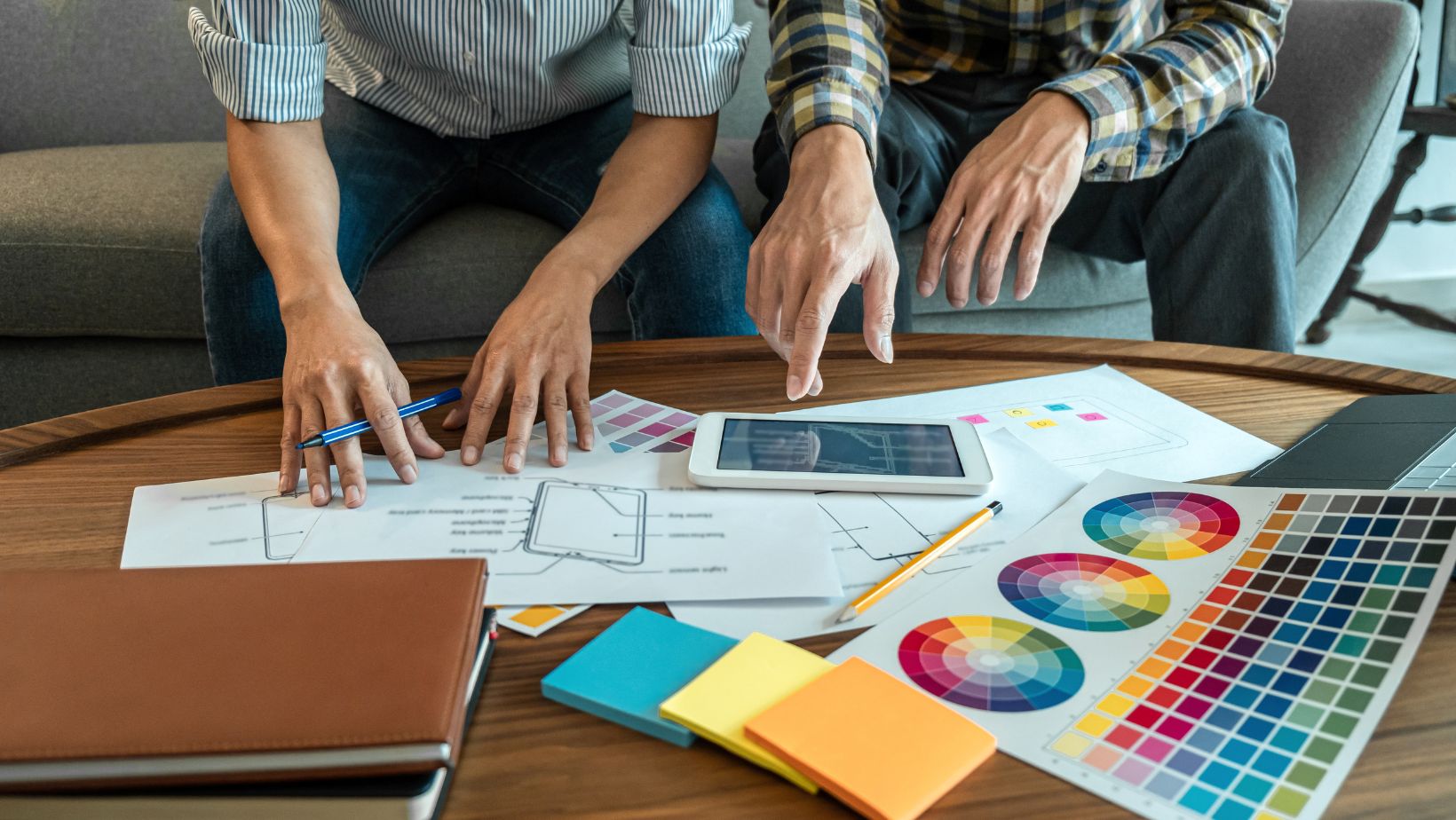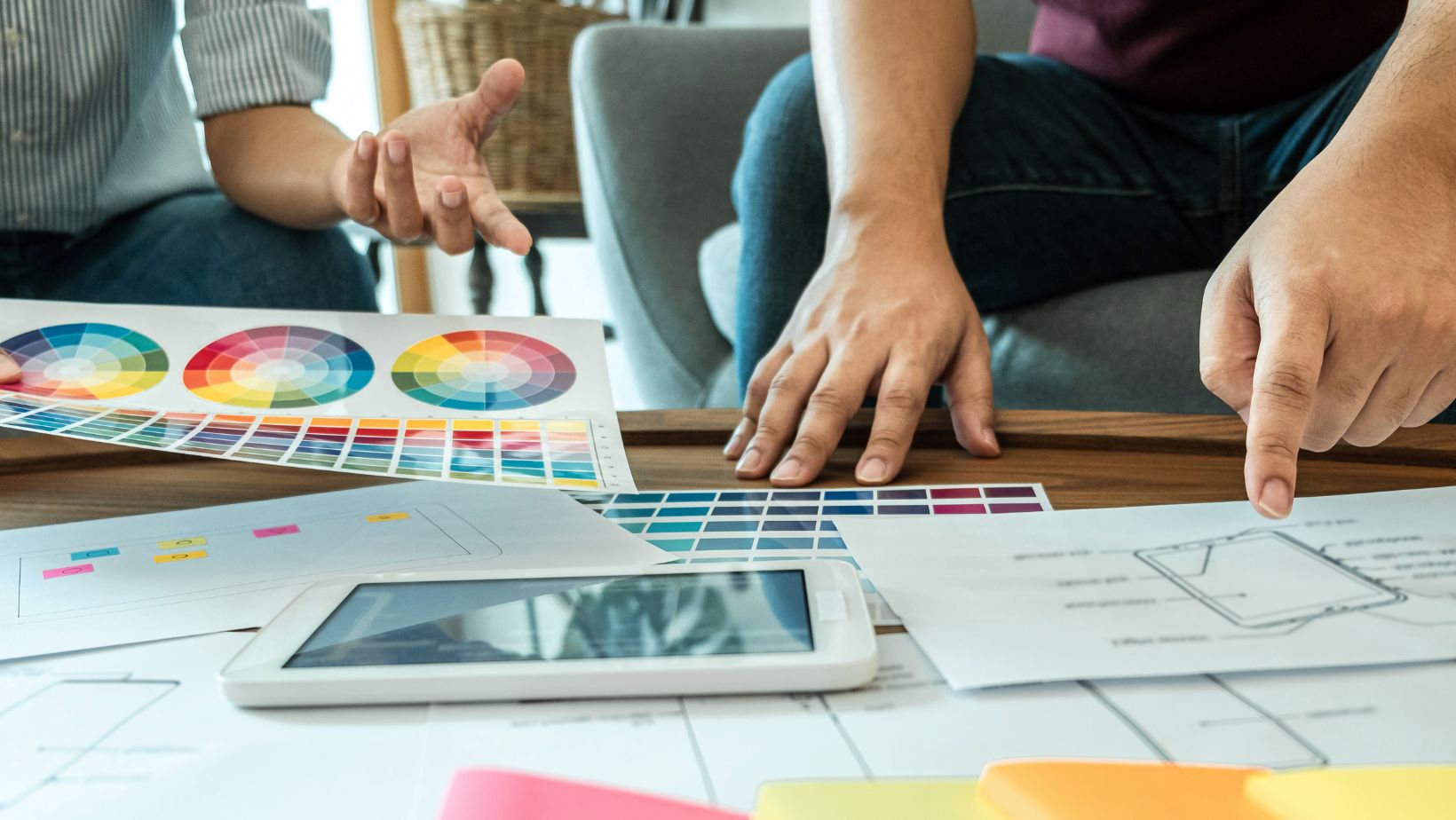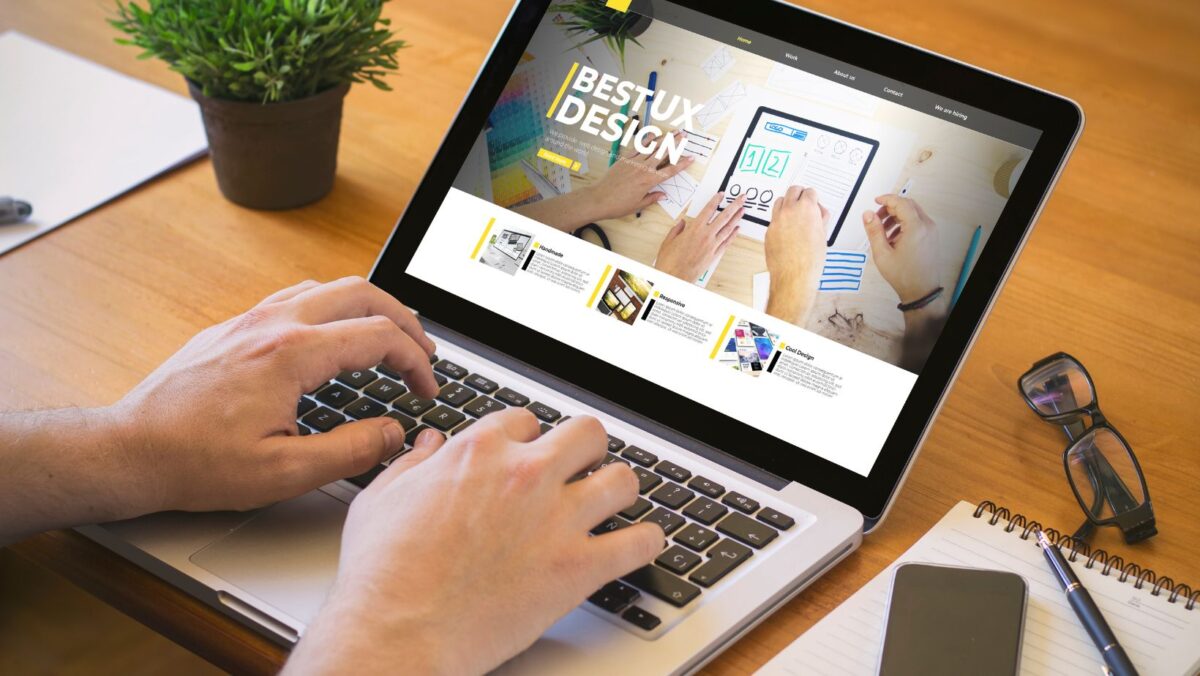As a seasoned UX designer, I can confidently say when people ask, is UX design stressful that yes, there are moments of stress in this field. The nature of the job, which involves creating user-friendly and intuitive experiences while meeting business goals, can be challenging at times. However, it’s important to note that stress levels vary from person to person and project to project.
One factor that contributes to the potential stress in UX design is the need for constant problem-solving. As a designer, I’m often faced with complex problems that require innovative solutions. This can lead to pressure and tight deadlines as I strive to find the best approach.
Additionally, collaborating with various stakeholders throughout the design process can also add some stress. Balancing different perspectives and opinions while still advocating for the user’s needs can be demanding. Managing expectations and ensuring effective communication among team members becomes crucial in alleviating potential sources of stress.

However, it’s worth mentioning that despite these challenges, many designers find fulfillment in their work. The ability to make a positive impact on users’ lives by creating meaningful experiences often outweighs any temporary stressors. Ultimately, each designer must find ways to manage their workload effectively, prioritize self-care, and seek support when needed to maintain a healthy work-life balance.
The Reality of UX Design Stress
Meeting User Expectations: One of the primary sources of stress in UX design is ensuring that your designs meet user expectations. This involves conducting extensive research, gathering user feedback, and iterating on designs until they align with user needs and preferences. The pressure to create seamless and intuitive experiences for users can sometimes feel overwhelming.
Tight Deadlines: Another aspect that contributes to the stress in UX design is working under tight deadlines. In many cases, there are multiple projects running concurrently, each with its own set of deliverables and timelines. Balancing competing priorities while maintaining quality standards can be challenging and lead to increased stress levels.
Collaborative Nature: UX design often involves working closely with cross-functional teams such as developers, product managers, and stakeholders. Collaboration is crucial for successful outcomes; however, it can also introduce additional pressure points due to differing opinions or conflicting objectives. Navigating these dynamics while staying focused on delivering exceptional user experiences can add to the overall stress levels.
Continuous Learning and Adaptation: The world of technology evolves rapidly, bringing new tools, techniques, and trends in UX design along with it. Staying up-to-date with industry advancements requires continuous learning and adaptation—a process that demands time and effort from designers. Keeping pace with changing technologies while juggling project demands can contribute to feelings of stress.
Is Ux Design Stressful
The pressure to meet deadlines, deliver exceptional user experiences, and navigate the ever-evolving landscape of technology can sometimes lead to overwhelming moments. However, there are several effective strategies that I’ve found helpful in managing stress in UX design:
Prioritize and Plan: One of the most crucial aspects of managing stress is setting clear priorities and creating a well-defined plan. By breaking down your projects into smaller tasks and setting realistic deadlines, you can avoid feeling overwhelmed and ensure that each step receives the attention it deserves. Utilize project management tools like Trello or Asana to help you stay organized.
Practice Effective Time Management: Time management plays a vital role in reducing stress levels. Consider utilizing techniques such as the Pomodoro Technique, where you work on a task for 25 minutes followed by a short break, or time blocking to allocate specific periods for focused work and relaxation. This approach helps maintain productivity while preventing burnout.
Foster Collaboration and Communication: Working collaboratively with colleagues and stakeholders not only enhances the quality of your designs but also alleviates stress by sharing the workload and gaining different perspectives. Regularly communicate with team members to ensure everyone is on the same page, address any concerns proactively, and foster a supportive work environment.

Embrace Iteration: Recognize that iteration is an integral part of the design process rather than viewing it as a setback or failure. Embracing iteration allows room for improvement based on user feedback and insights gathered along the way. By reframing feedback as an opportunity for growth rather than criticism, you can reduce stress associated with perfectionism.
Take Breaks and Practice Self-Care: It’s easy to become consumed by work when you’re passionate about what you do, but it’s important to take regular breaks and prioritize self-care.
Conclusion
In conclusion, the question of whether UX design is stressful can be answered with a resounding “it depends.” As an expert in the field, I can confidently say that there are factors that contribute to both the stress and satisfaction levels experienced by UX designers. While some aspects of the profession may induce stress, others can create a sense of fulfillment and accomplishment.

